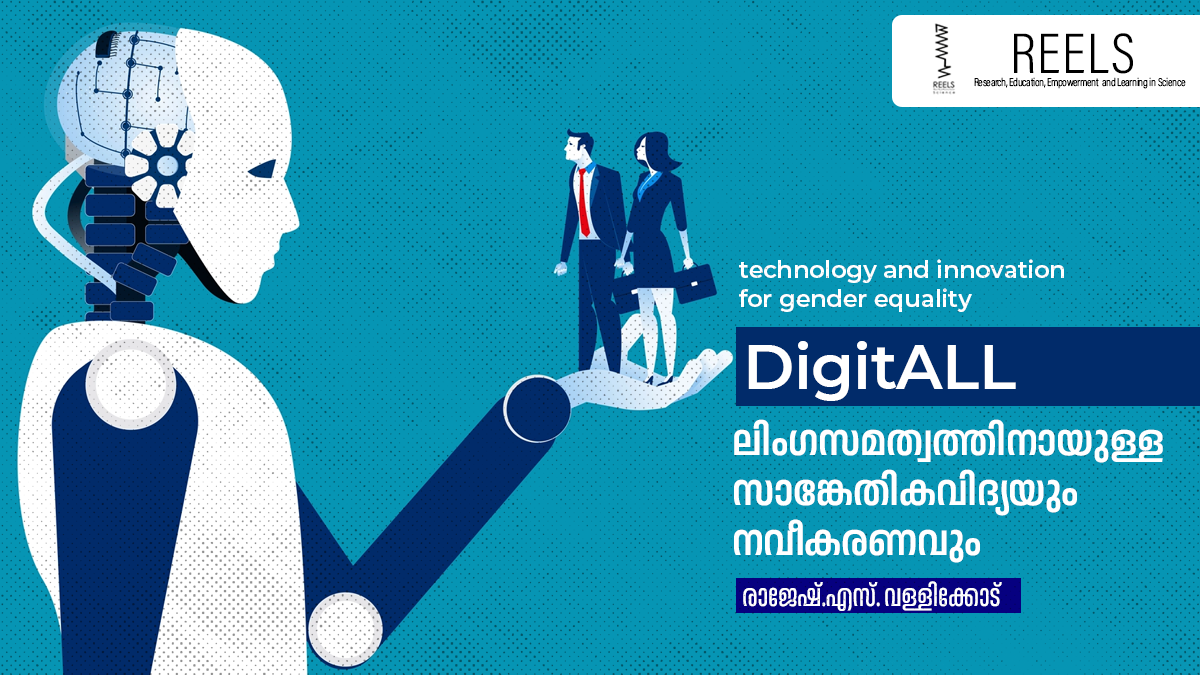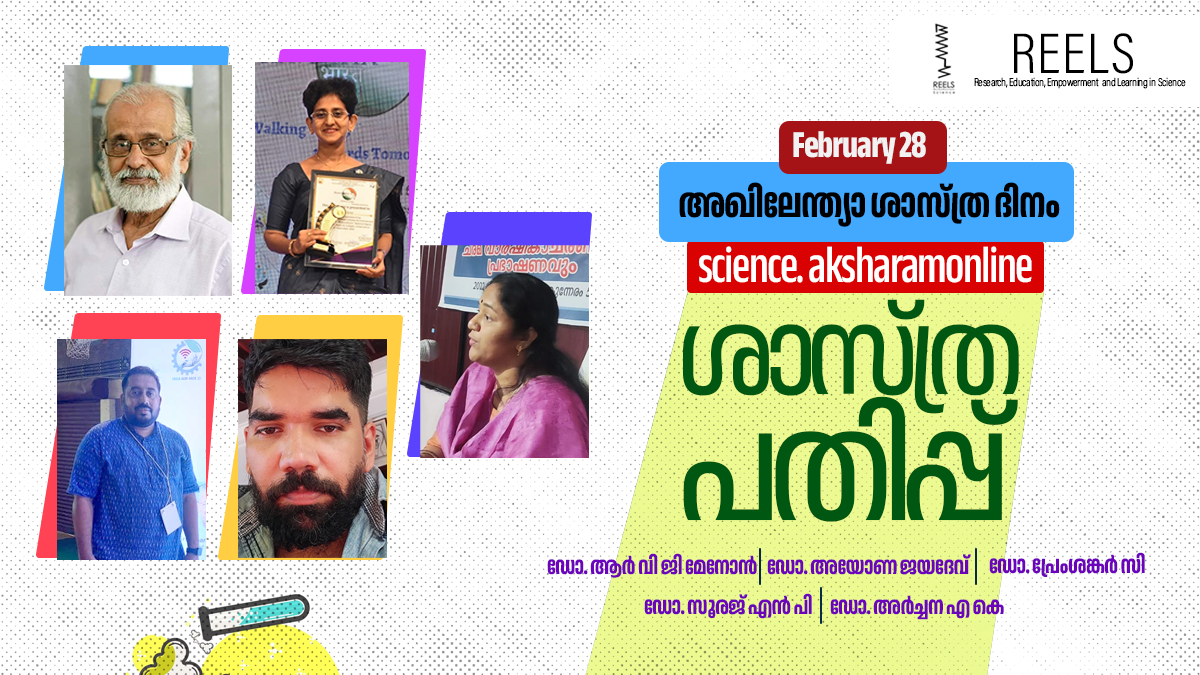Renewable energy technologies (RETs) are an essential component of a fast unfolding energy transition. Investment in RETs in the world passed 16 lakh crore Indian Rupees in 2014, more than five times what it was only a decade ago. In the last five years, installed solar power increased seven-fold from 23 GW to 180 GW, while installed wind power capacity more than doubled from 158 GW to 362 GW. Around 36 GW of new hydropower capacity was commissioned in 2014. One of the key drivers for this expansion has been the strong business case of renewable energy technologies;many countries see immense opportunities to increase income, improve trade balance, contribute to industrial development and create more jobs.
Accounting for some two thirds of greenhouse gas emissions, the energysector has become a focal area for efforts to stabilise the climate system. The adoption of the Paris Agreement at COP21 marks a turning point in this respect. It recognizes the need for deep reductions in global emissions and calls for accelerated deployment of renewables, coupled with boost to energy efficiency, both in developed and developing countries. India, which played a key role in clinching the climate change deal between 195 countries at COP21 in Paris is running the largest renewable energy expansion program in the world. India’s Intended Nationally Determined Contributions (INDC) by 2030 include reducing emission of greenhouse gases by 33-35% from 2005 level, achieving about 40% cumulative electric power installed capacity from non-fossil fuel based energy sources and creating additional carbon sink of 250-300 crore tonnes.The UN General Assembly recently adopted Sustainable Development Goals (SDG) to guide international cooperation for global development until 2030. SGDs include energy as an essential, cross-cutting ingredient (SDG7: Ensuring access to affordable, reliable, sustainable and modern energy services for all).
In these contexts, ANERT, the state nodal agency to promote RETs in Kerala, has a pivotal role to identify specific deployment barriers and utilise its expertise, synergised with its partners’, to formulate effective solutions and programs. 30 years of subsidy driven programs – both by the Central & State governments, though could create certain RET installations scattered across this State, failed to establish a credible, authoritative institutional mechanism which could increase the intellectual capital in this domain in Kerala and advance the business case for renewable energy. Needless to emphasise that achievement of any agency’s strategic objectives relies on its effectiveness, internal capacity, and institutional efficiency. Focused communication, outreach and systematic engagements with stakeholders are essential to ensure that planned / implemented activities are relevant, effective and realise lasting change. Tinkering with the present system would not suffice to fetch expected results, rather, a professional turn-around of its policies and programs are to be attempted with strategic partnerships addressing the needs/ issues and harnessing the potential of all its stakeholders. Stakeholders, inter alia, include the Central Ministry of New & Renewable Energy, its Research & training institutes, the State Ministry of Power and establishments under it, other Government departments & agencies, Electricity utilities, Manufacturers/ service providers of RETs, Energy users in the industrial/ buildings/ agricultural categories, General public, Non-governmental organisations, Educational institutions including schools/colleges/ technical institutions, Local self-government institutions and International energy agencies/ institutions.
Addressing gaps: the way forward
Repeating the same programs with minor changes in subsidy levels and delivery pattern cannot yield different but desirable results.
India has fixed a tentative target of 100 GW (1 lakh MW) solar power by 2022. For this Kerala is expected to have a solar capacity of 1870 MW, which shall consist of 1000 MW from rooftop solar systems (including grid-connected and off-grid) and 870 MW large scale solar power plants. This would require achieving about 10 times the annual target of ANERT for rooftop systems so far. Given the constraint of land, possibility of more numbers of utility scale plants is limited. About 15 MW of rooftop systems have also been completed through ANERT-MNRE programmes. It is expected that rooftop systems with a total capacity ranging anywhere 125 MW capacity may have been already installed. Entirely depending on subsidy driven programmes may not be viable for achieving this target. The solar policy also mentions making solar water heaters mandatory in certain types of buildings. A target of 50,000 square metre of collector area per year could be targeted for the next five years.
ANERT has already started restructuring its programmes for this scaling up. Some of the initiatives are:
eMarketPlace for renewable energy systems and devices
Mobile app for field verification of renewable energy systems, with geo-tagging
A portal for workflow and programme monitoring related to multi-agency approvals for installing renewable energy systems, including subsidy release
Setting up 140 AkshayaUrja Service Centres at the Assembly-segment level for effective service support for installations, linked to the government call centre and an online web-portal for complaints handling with ticketing
Census of all renewable energy installations done in the state during the last 5 years, by requesting registration through a mobile app; and incentivising the registration by providing free one year insurance to such systems
Installation of solar power plants in government buildings
Arrangements with local self-governments for providing subsidy to the needy
Partnership with cooperative banks for providing financial support to install renewable energy systems as specified by ANERT
RE Awards for recognising initiatives by organisations and individuals
Capacity building through trainings on system design, installation & up-keep
Promotion of RE industry in Kerala through facilitating technology partnerships, business networks, etc.
Integrated renewable energy complexes at district level, mobile exhibition unit, a professional public relations campaign, training and awareness programmes to spread the message of renewable energy
New technology demonstration programmes in renewable, including energy storage to overcome the perceived limitations of renewable energy (3 MW solar-wind hybrid with storage solutions initiated in Ramakkalmedu, Idukki)
Innovative RE projects through viability gap funding
Establishing centres of excellence on various RETs in reputed Universities/ Colleges
ANERT would also take steps to promote new business models for implementing renewable energy projects including RESCO, third-party leasing, community/ co-op investment, solar power pack on rental, etc.
A few initiatives already taken up in 2017-18
eGovernance Initiatives
ANERT has initiated a number of eGovernance activities in the current year. ANERT has already been using eTender, eSMS, State Data Centre and KSWAN facilities for last few years. eOffice was adopted for electronic file management in ANERT. eOffice was launched in headquarters from 5-Jun-2017. With the procurement of necessary hardware and obtaining KSWAN connectivity to district offices, file management in district offices will also be made fully electronic. With these, most of the activities of ANERT are expected to be in electronic form, leveraging the advantages of information technology including mobile/smart phone platforms, as briefly detailed below:
eMarketplace
An online marketplace will be created. The details of various renewable energy equipment will be made available online. The details of ANERT’s programmes also will be linked to it. Potential customers can register online, compare the equipment and place orders for systems and devices with or without subsidy. Initially, online empanelled vendors of ANERT will be allowed to list on the portal. Later on, it could even be made a self-sustaining, independently operated and maintained portal on a commercial or PPP mode.
Portal for Programme Management, Workflow
The management of programmes of ANERT, especially the subsidy programmes, and maintaining a list of installations will be handled in this portal. It was also have facility for other agencies such as the electricity distribution utility and Electrical Inspectorate to provide approvals for connectivity, energisation, etc. online through this portal. This portal will also be linked to the mobile apps which makes all field verification and the eMarketplace.
Mobile apps
Mobile apps are being developed for the use of public and various field activities of ANERT. The app for public use, named SouraVeedhi is being developed for Android (already made available on Google Play Store) and iOS (for Apple App Store) platforms. The internal app (m-ANERT) shall be on Android platform only. Following are the features of the apps in brief:
Individuals and institutions to express their interest to partner with ANERT in various areas such as promotion, awareness (e.g. NGOs, residential associations, individuals), financing (e.g. cooperative banks), technical verification, etc.
To register a renewable energy system or device installed during the last 5 years, so that they could avail of free insurance for one year for the system (the details of the system with photographs and geo-tag to be captured).
Checking the feasibility for installing a renewable energy system such as rooftop solar power plant, solar water heater, biogas plant, etc. (to be done by empanelled vendors on receiving an order from a customer through the eMarketplace)
Submitting of installation reports by vendors for renewable energy systems such as rooftop solar power plant, solar water heater, biogas plant, etc., with photographs and geo-tag
Verification of installations by ANERT officials or authorised representatives, with facility for identifying the location on a map
Messaging to all or to groups
The SouraVeedhi mobile app (Android) have been developed and made available on Google Play Store, and the iOS version is under development. The m-ANERT app is also available on Play Store, but the backend integration with the portal for full functionality is under development.
Service support centres with CRM and ticketing
ANERT is planning to have a network of 140 AkshayaUrja Service Centres (AUSC) across the state (one per Legislative Assembly Constituency). These centres would provide support and maintenance services for all renewable energy installations. The Call Centre having a toll-free number can be called to report a problem with any renewable energy installation. A web-based software to log and manage the calls will be developed. This CRM-type software with ticketing facility shall be used by the Call Centre agents. It shall have the details of all the systems included in the portal and also those reported through the SouraVeedhi app. If the problem rectification requires a visit by service person, the support request shall be assigned to the concerned AUSC. The service centre shall send a technician to check the fault and take further action. A mobile app would be used by the support person to record the action taken on the service call and would update the CRM-ticketing software.
Accident insurance coverage including medical expenses to ANERT empanelled Renewable Energy (RE) Technicians all staff involved in field assignments.
Government have accorded Administrative Sanction for the implementation of project proposal to extend accident insurance coverage including medical expenses to ANERT empanelled Renewable Energy (RE) Technicians and all staff involved in field assignments through a Government of India owned insurance provider. Accordingly ANERT has selected M/s United India Insurance Co. Ltd as the service provider. Accident insurance coverage is for Rs 3 lakh and medical expense for Rs 30,000/- with Rs 500/- as premium per person.The scheme started with extending the benefit to Renewable Energy Technicians of improved chulha (172nos) and Turnkey agents of Biogas plants (113 nos). State Level inauguration of the Scheme was held at Nalanda Auditorium, Kozhikkode on 30/10/2017. The programme was inaugurated by Sri M.M Mani, Hon’be Minister for Electricity and presided by Sri ThottathilRaveendran, Hon’ble Mayor, Kozhikkode Corporation.
Ramakkalmedu demonstration project of Solar-Wind-Storage Hybrid (Phase 1)
The Solar-Wind-Storage hybrid power plant project is proposed to be implemented in the land available with ANERT at Ramakkalmedu, Idukki District. The project is planned as a Renewable Energy Park to demonstrate renewable energy technologies including indigenous ones and especially hybrid and storage technologies. A dispatchable renewable energy power plant with solar, wind and storage is planned in phases. In the first phase, a 3 MW plant is planned to be set up in the current year.
Government have sanctioned the project to be undertaken with the assistance of CDAC, Thiruvananthapuram. National Institute of Wind Energy, Chennai (NIWE of the Ministry of New and Renewable Energy, Government of India) who had earlier conducted a micro-siting study for wind energy generators at the site has been entrusted with the task of hybrid micrositing for the solar and wind power plants.
Summing up:
Rapid developments and innovation, such as smart gridand storage solutions, are providing new avenues to innovate in designing the energy system of the future. Integration of high shares of renewables into the grid is widely considered a key challenge for accelerated deployment. Furthermore, sectors such astransport, heating and buildings are increasingly including renewable energy options, with the necessaryunderpinning of increased efficiency. A largenumber of cities have programmes to reduce their carbon footprint, wherein better energy management, water management, waste management, transportation planning and renewable energy usage are focus areas. The gender dimension ofrenewable energy utilisation and employment is another area demanding attention. Dissemination of information and focus on application will help guide stakeholders towards acceleratingthe expansion of modern energy services and maximising associated socio-economic benefits. Kerala to be in the forefront and mark its place in the RE atlas of India/South Asia, great deal of work is warranted and many stakeholders look forward to a professional and pragmatic change in the work plan of ANERT.







